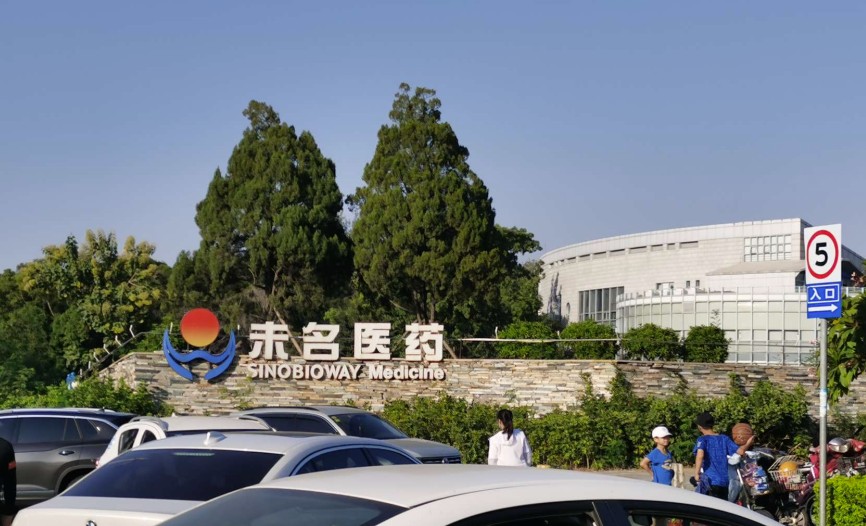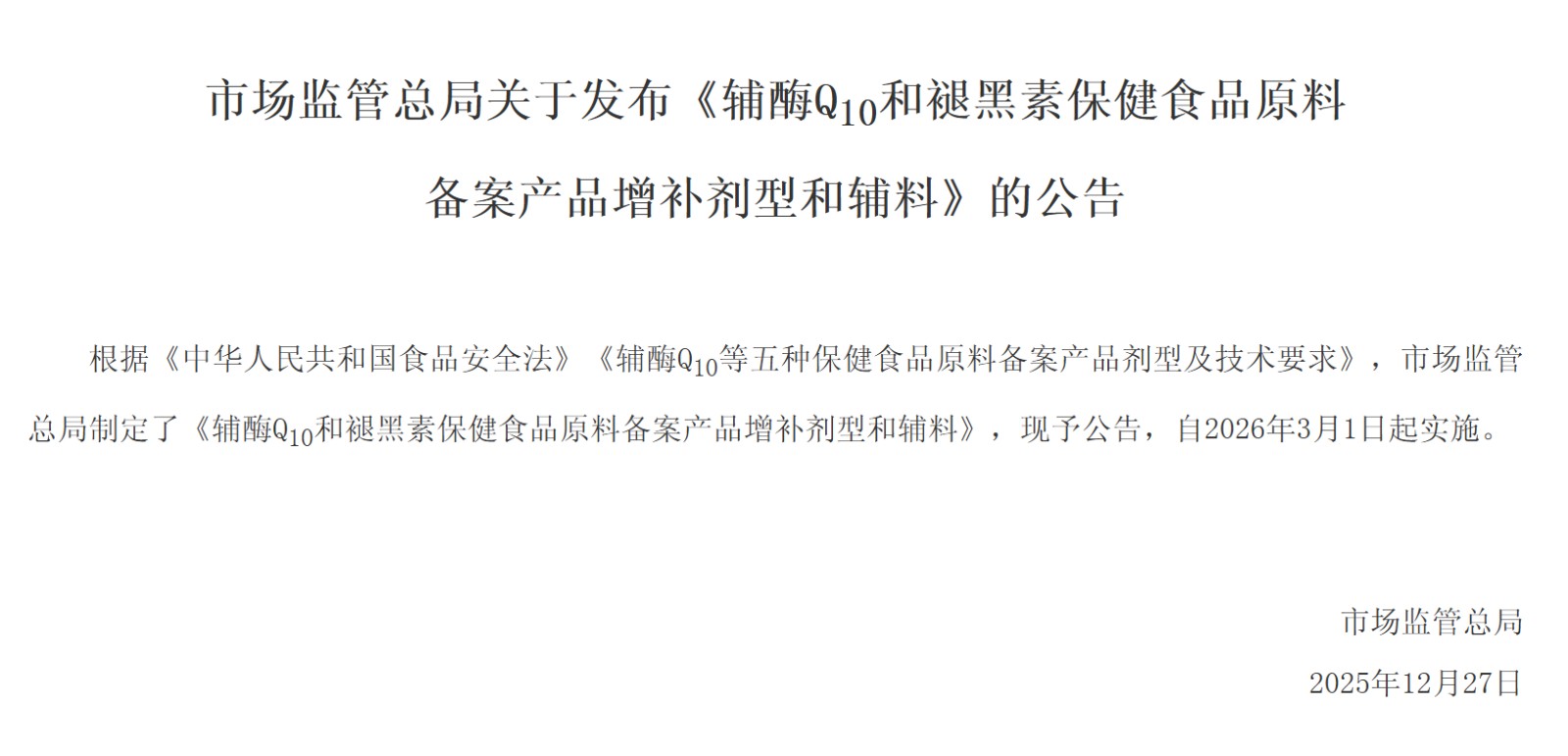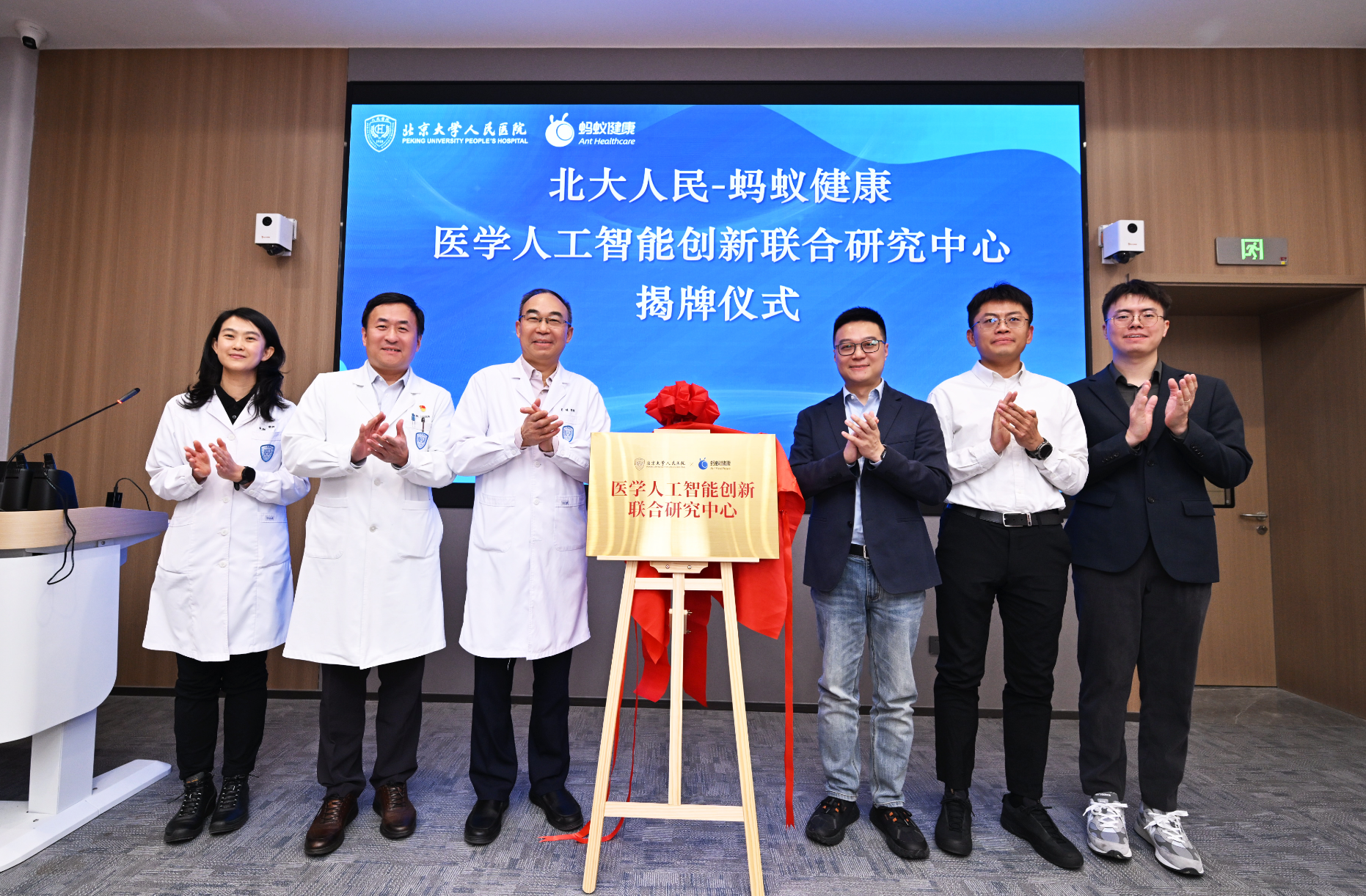第二代CARs嵌合抗原受体重定向编程T细胞能有效增强其抗肿瘤效应。CAR-T技术中设计的激活及共刺激结构区决定了编辑后的T细胞功能,分化,代谢以及能否持续工作的能力。
到目前为止,已知最好的激活与共刺激结构区为CD-19CARs受体整合CD28或4-1BB信号区。基于CD28或4-1BB信号区改造的CAR-T细胞,二者都能够针对难治性B淋巴瘤显示出显着的完全缓解率。
近期的研究数据显示基于CD28信号区嵌合受体能够敏锐的刺激出增殖反应并且提高效应因子的功能,而基于4-1BB信号区嵌合受体能够进一步诱导T细胞的增殖和富集。这些显着的动力学特征能够为进一步开发基于CAR-T技术的肿瘤免疫细胞治疗提供新的途径和方法,有望于解决其他种类的肿瘤。
摘要:
Second-generation chimeric antigen receptors (CARs) retarget and reprogramme T cells to augment their antitumour efficacy. The combined activating and co-stimulatory domains incorporated in these CARs critically determine the function, differentiation, metabolism and persistence of engineered T cells. CD19-targeted CARs that incorporate CD28 or 4-1BB signalling domains are the best known to date. Both have shown remarkable complete remission rates in patients with refractory B cell malignancies. Recent data indicate that CD28-based CARs direct a brisk proliferative response and boost effector functions, whereas 4-1BB-based CARs induce a more progressive T cell accumulation that may compensate for less immediate potency. These distinct kinetic features can be exploited to further develop CAR-based T cell therapies for a variety of cancers. A new field of immunopharmacology is emerging。
来源:源正细胞
为你推荐
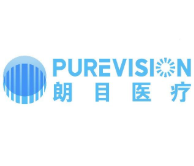 资讯
资讯 朗目医疗完成近亿元A轮融资,助力青光眼微创治疗国产创新突破
本轮融资由广州产投及粤科金融联合领投,弘德投资、开发区基金、万联建智、国聚创投跟投,熙桥资本担任财务顾问。
2026-01-05 17:00
 资讯
资讯 创新药物思福诺纳入医保后首处落地,打通抗感染救治“最后一公里”
随着新版国家医保药品目录于2026年1月1日正式实施,针对多重耐药革兰阴性菌感染的创新抗菌药物思福诺®(注射用氨曲南阿维巴坦钠,以下简称“氨曲南 阿维巴坦”)开始全面执行...
2026-01-05 16:47
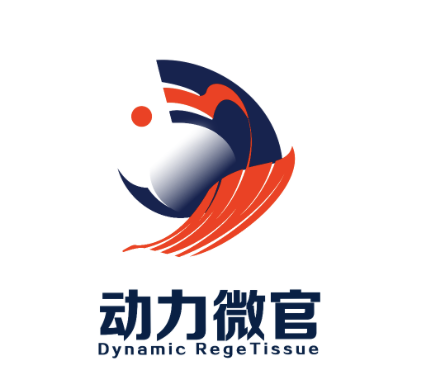 资讯
资讯 动力微官斩获数千万元天使轮融资,专注 iPSC “即用型” 再生组织产业化
融资资金将重点用于两款核心产品 ——iPSC 来源心肌组织片与皮肤组织片的研发推进,加速 “即用型” 再生组织从实验室走向临床应用的进程。
2026-01-04 19:23
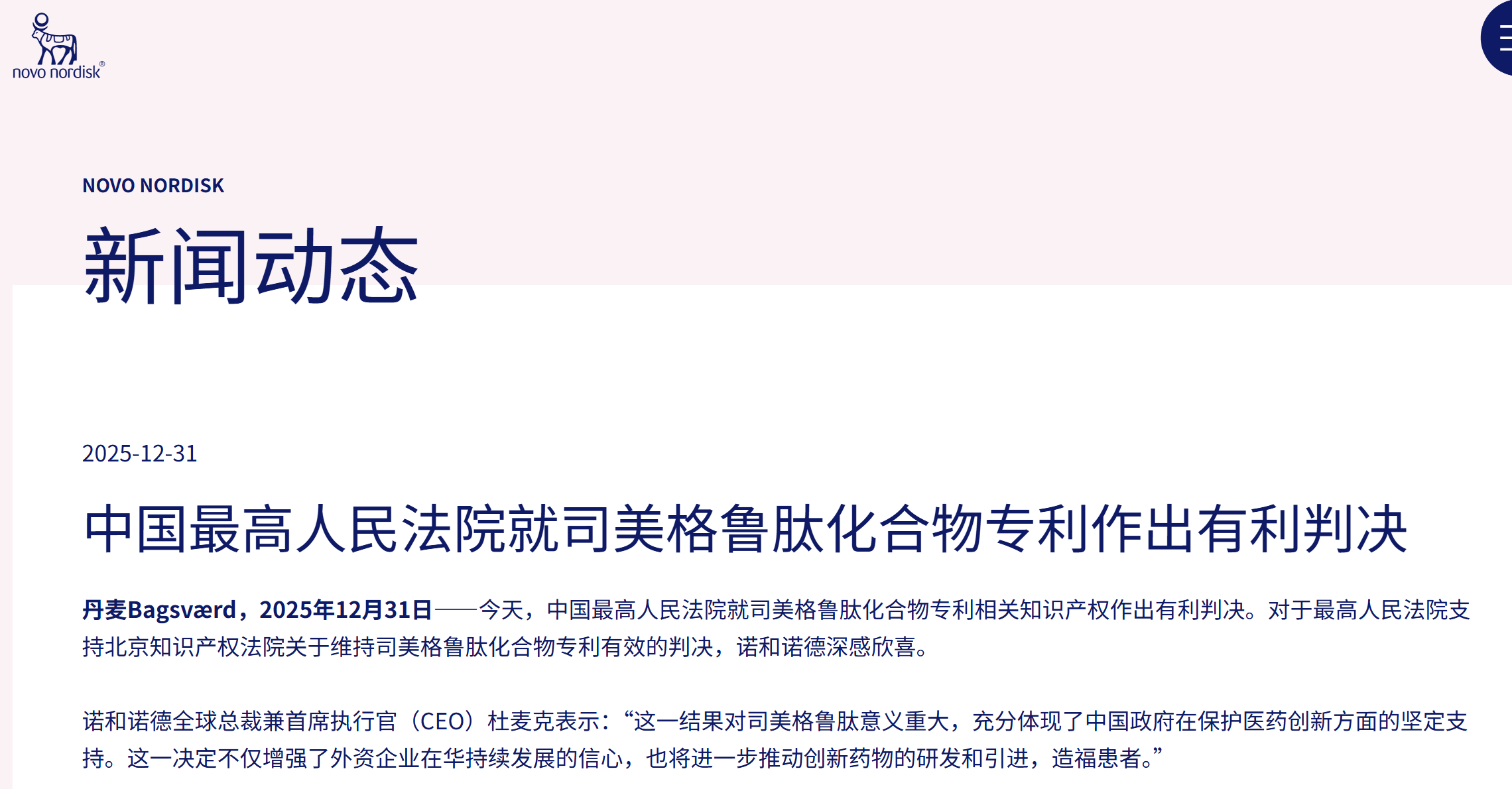 资讯
资讯 中国最高人民法院就司美格鲁肽化合物专利作出有利判决
据诺和诺德官网消息,2025年12月31日,中国最高人民法院就司美格鲁肽化合物专利相关知识产权作出有利判决。对于最高人民法院支持北京知识产权法院关于维持司美格鲁肽化合物专利...
2026-01-04 16:00
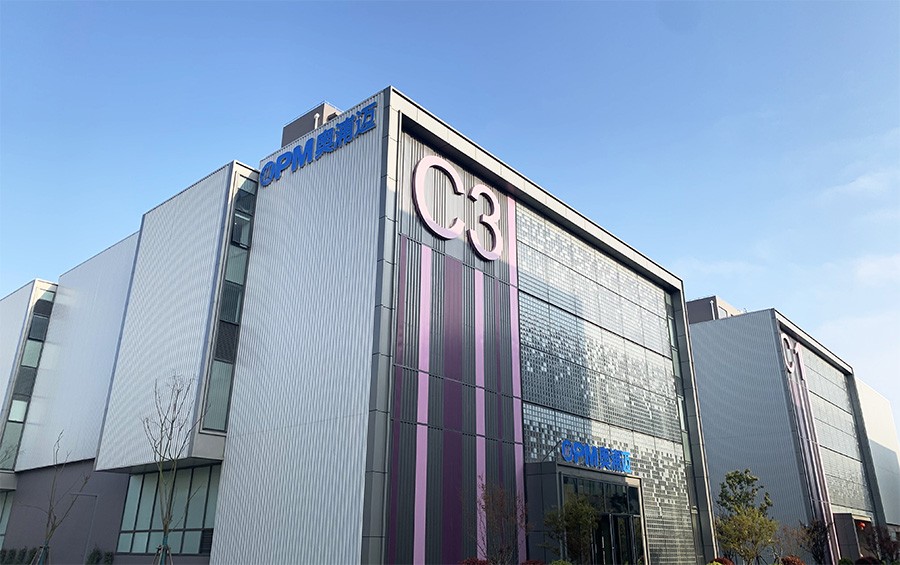 资讯
资讯 奥浦迈14.51亿元收购澎立生物
2026年1月1日,奥浦迈发布公告称,2025 年12 月31日,公司收到中国证券监督管理委员会出具的《关于同意上海奥浦迈生物科技股份有限公司发行股份购买资产并募集配套资金注册的...
2026-01-04 09:50
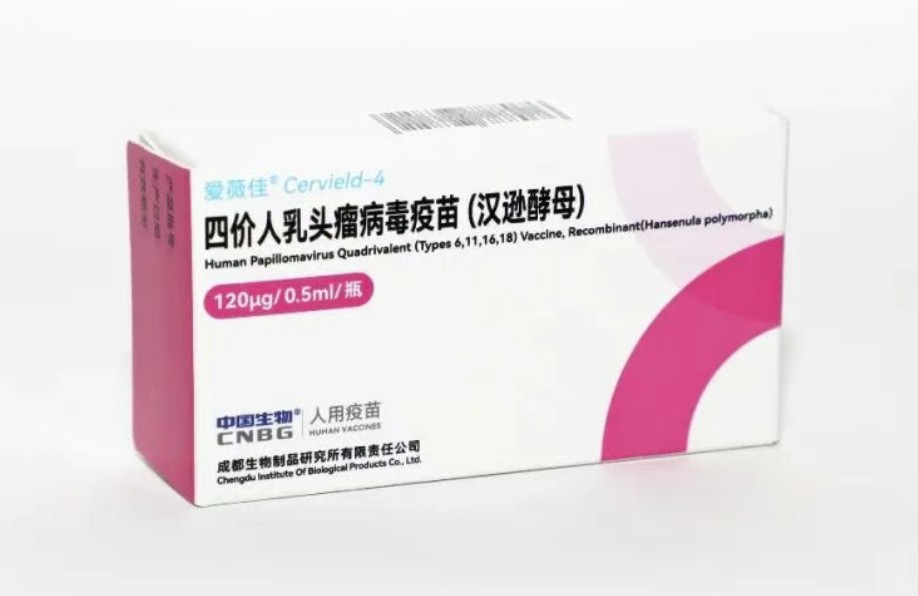 资讯
资讯 首批国产四价HPV疫苗正式上市
12月30日,由国药集团中国生物所属成都生物制品研究所和中国生物研究院(新型疫苗国家工程研究中心)联合自主研发的国内首个四价人乳头瘤病毒疫苗(汉逊酵母)(爱薇佳),成功...
2026-01-03 22:44
 资讯
资讯 长效生长激素大幅降价
12月7日,国家医保局正式发布《国家基本医疗保险、生育保险和工伤保险药品目录(2025年)》,长效生长激素特宝生物的怡培生长激素注射液(益佩生)和金赛药业的金培生长激素注射...
2025-12-31 14:32
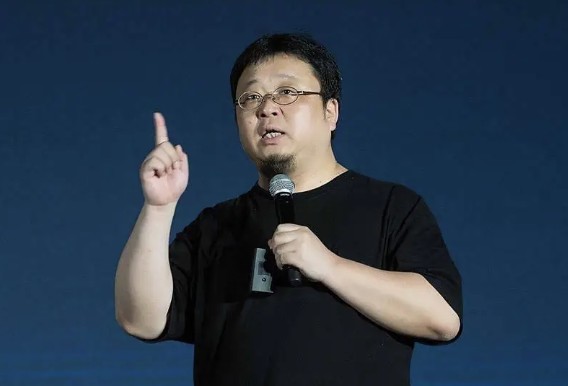 资讯
资讯 罗永浩自曝患ADHD多年
12月31日凌晨,罗永浩发布微博回应科技春晚迟到 40 分钟,称因为 ADHD(注意缺陷与多动障碍)的关系,发布会没有一场是彩排过的,全是没有彩排直接上去硬讲。幻灯片从来没有...
2025-12-31 11:12
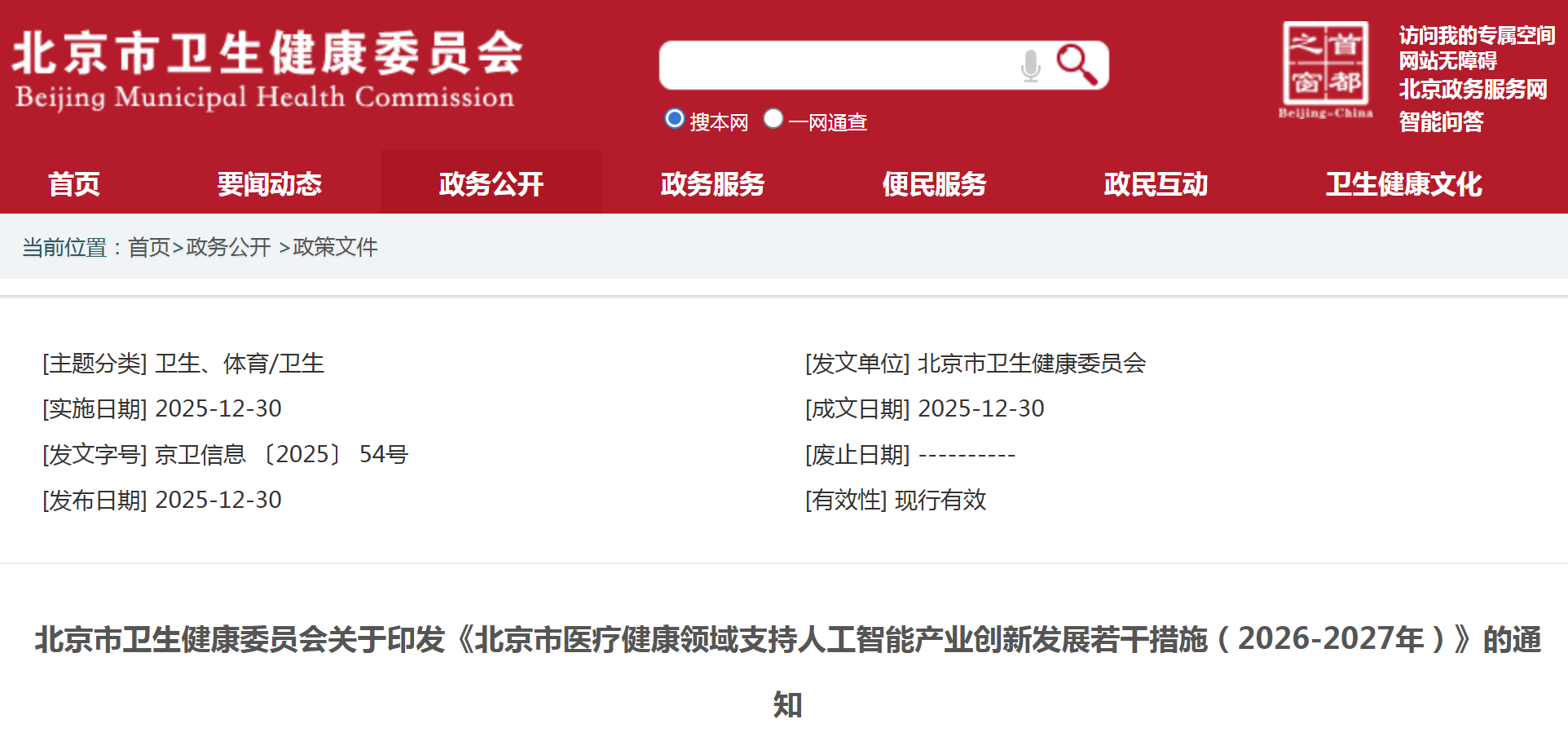 资讯
资讯 北京市医疗健康领域支持人工智能产业创新发展若干措施(2026-2027年)
建立人工智能医疗伦理审查制度,加强算法透明性和患者隐私保护监管;联合药监部门探索“监管沙盒”机制,为创新产品提供容错空间,确保产业安全有序发展。
2025-12-31 10:46
 资讯
资讯 全球首款口服胰岛素上市申请未获成功
12月29日,国家药监局公布药品通知件送达信息,合肥天汇生物科技有限公司申报的重组人胰岛素肠溶胶囊位列其中。一般而言,拿到药品通知件,有可能是药品上市申请“不予批准”,...
2025-12-30 11:20
 资讯
资讯 远大医药优敏速获批,成为中国唯一严重过敏院外急救肾上腺素鼻喷剂
远大医药(0512 HK)发布公告,公司近期布局的全球首款用于紧急治疗I型过敏反应(包括严重过敏反应)的肾上腺素鼻喷雾剂Neffy®(优敏速®)已获国家药监局颁发药品注册证书。
2025-12-29 19:03
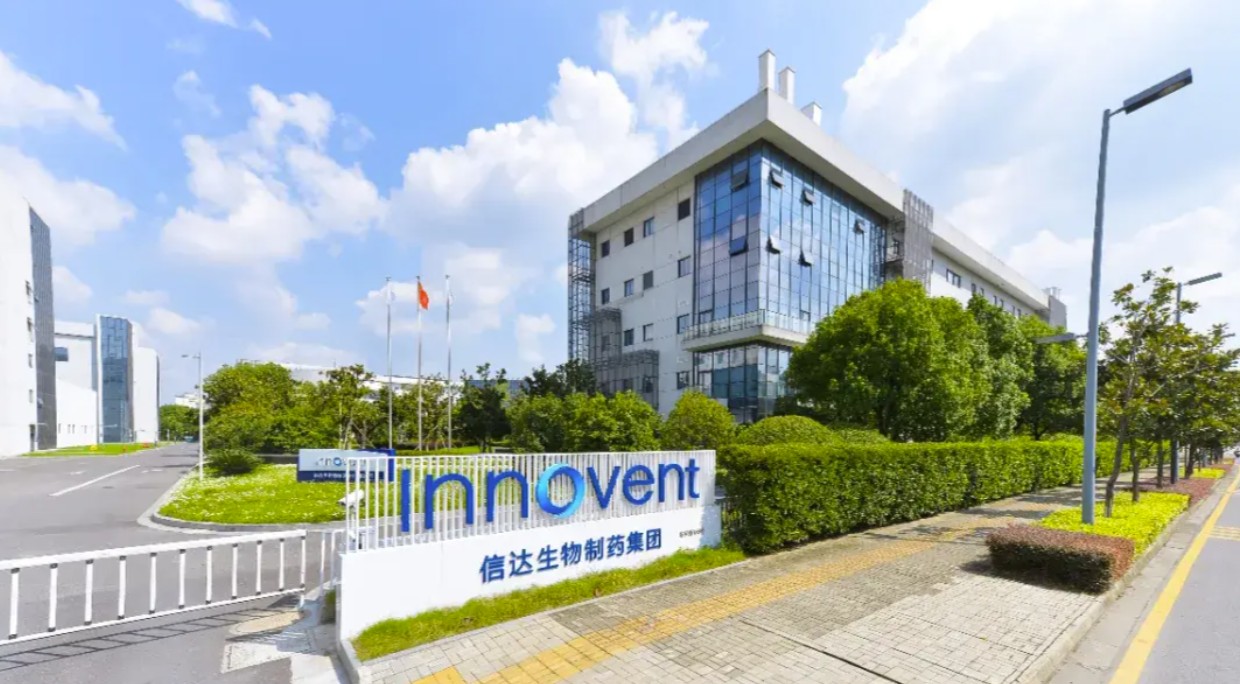 资讯
资讯 首个国产CTLA-4单抗获批
近日,信达生物发布公告,宣布达伯欣(伊匹木单抗N01注射液,细胞毒性T淋巴细胞相关蛋白4(CTLA-4)单抗,研发代号:IBI310)获得中国国家药品监督管理局(NMPA)批准上市。
2025-12-29 16:30



